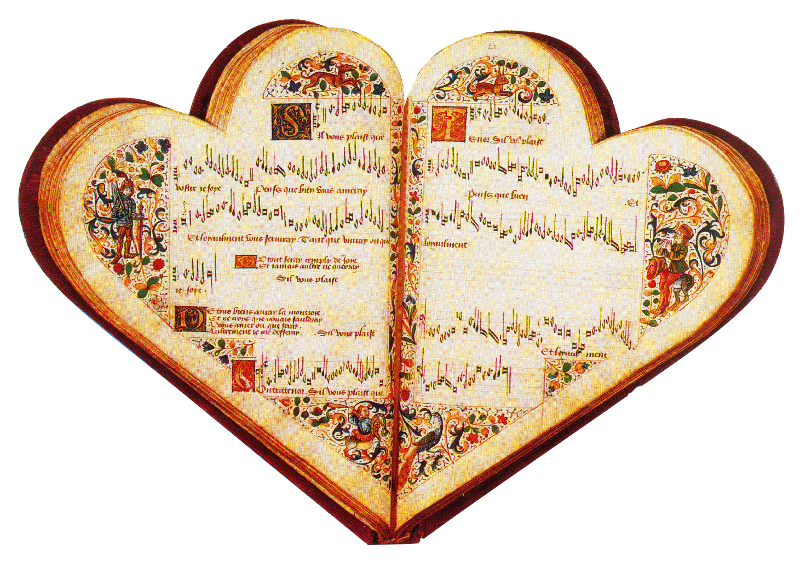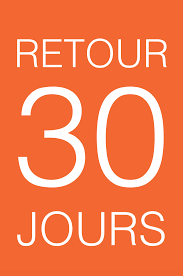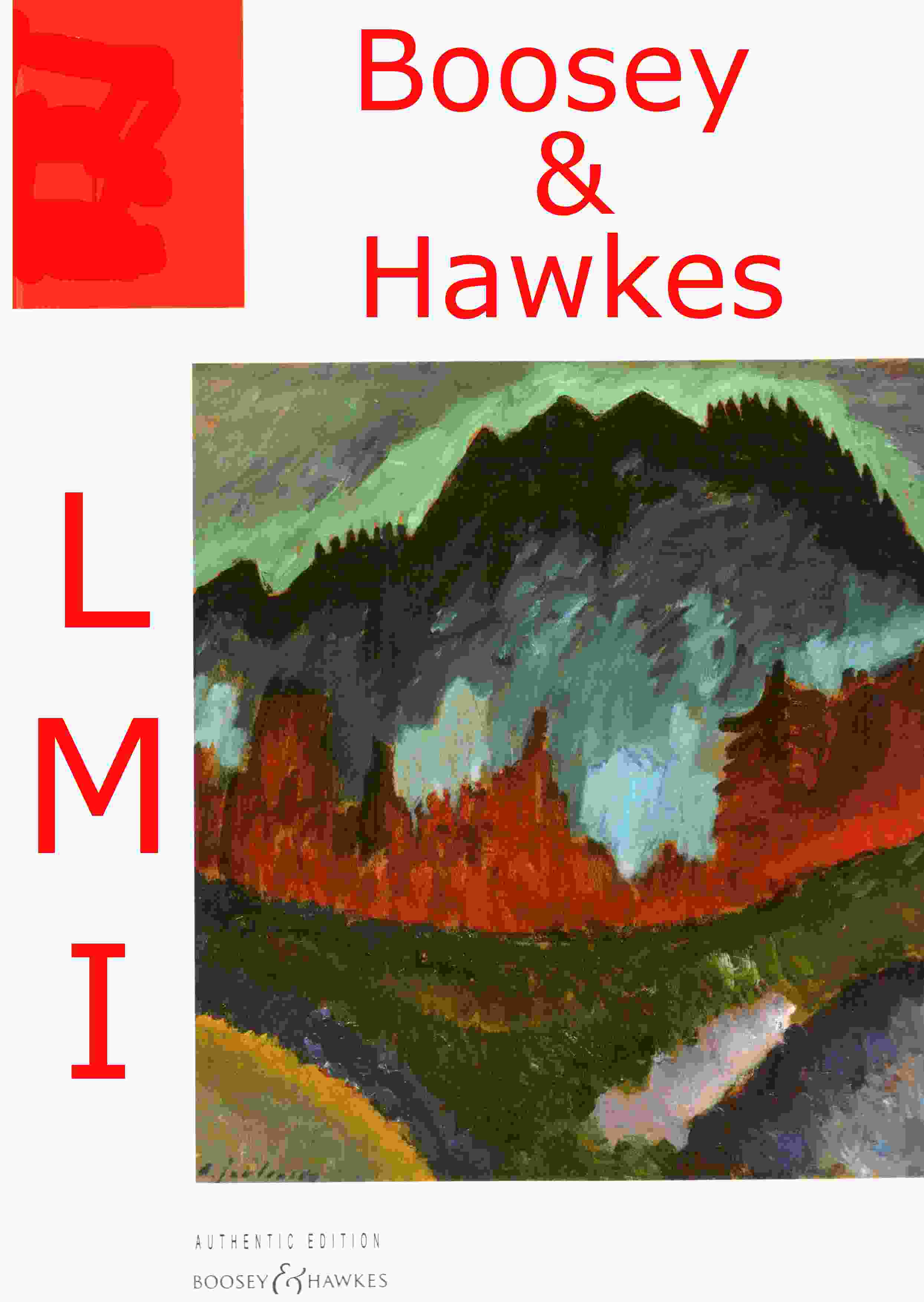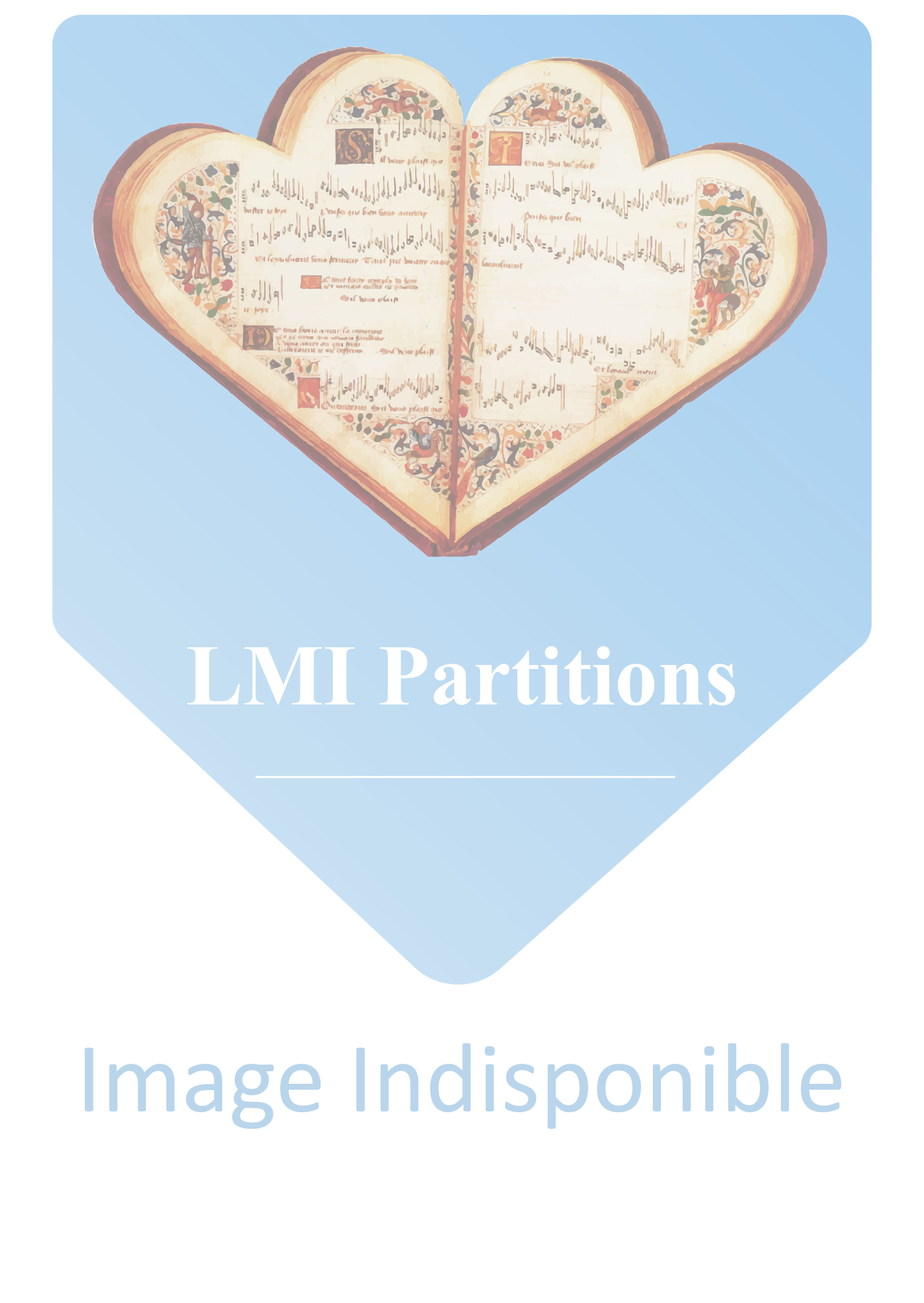Classique
Contenu
I Motu proprio – II Diapason
I: ohne Ausdruck – zeitlos • in großer Ruhe • gleichsam erwachend • wie träumend • in Trauer • seufzend • stöhnend • wie trunken • quasi “Furcht und Zittern” • angespannt • scharf • staunend • gequält • schlicht • etwas starr • mit Wärme • großer Ausdruck • in Begeisterung • exaltiert • zögernd • ausbrechend – zerrissen • “mit Wut” • anklagend • schüchtern • zusammenfahrend • zuckend • ermattend • still • zeitlos – ohne Ausdruck
II: Nichts – Starre • stechend • rufend • gleichsam zurückzuckend • gequält • großer Ausdruck: aus sich herausgehend • ausfließend • stark bewegt • wechselnd erregt • still – in sich ruhend • wütend • sich aufbäumend • verkrümmt • wie zusammenfahrend • Starre – nichts
Description :
In this work Schnebel attempts to apply the idea of the Baroque canon - as
exemplified in Bach’s ‘Art of Fugue’ - to modern concepts of tonal colouring. The ‘Motu proprio’ of the 7 mixed groups of orchestral instruments intensifies within 28 short emotional sections to the Baroque ‘Motu contrario’. In ‘Diapason’, literally translated ‘in the octave’ but in the ancient Greek music tradition taken to mean ‘through or across everything’ among other things, the orchestra is arranged into 13 groups according to families of instruments and tonal colour. Schnebel alternately uses the term ‘fugue’ in the strict sense of the Baroque period and in its more general, purely architectonic meaning.



 Gagnez un bon d'achat dès 50€
Gagnez un bon d'achat dès 50€
 30 jours pour changer d'avis
30 jours pour changer d'avis


